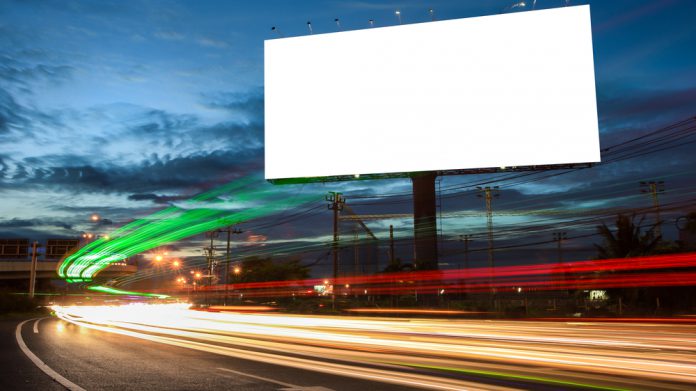The charity group GambleAware states that gambling is seen as part of everyday life for children, young people and vulnerable adults as it publishes the findings of its latest research project.
Commissioned by the charity and led by Ipsos Mori, the ‘Impact of Gambling Advertising and Marketing on Children, Young People and Vulnerable Adults’ recommends that action is needed to ‘reduce the risk of gambling harms’.
Showing that regular exposure to gambling promotions can change perceptions and associations of over time, the report reveals that if a child or young person has a close friend or carer who gambles, that individual is six times more likely to be a current gambler, than those without such a connection.
Researchers also assert that 96 per cent of the 11-24-year-old participants had been exposed to gambling marketing messages in the last month, as well as commenting on “evidence of children following and engaging with gambling related accounts” on social media.
It was estimated that 41,000 UK followers of gambling-related accounts on Twitter were likely to be under 16 and six per cent of followers of ‘traditional’ gambling accounts were found to be children, a figure that increased to 17 per cent when looking specifically at esports.
When examining where children and young people came across gambling in the past month, TV remained the most common source of exposure found:
- More than four out of five (85 per cent) aged 11-24 reported seeing gambling advertising on TV (including national lottery adverts).
- 70 per cent noticed gambling adverts in betting shops on the high street, window displays as well as promotions on shop floors and near tills. However, those aged between 18 to 24 had higher exposure to gambling during sports events, on smartphone apps, through merchandise, gambling websites, emails and from word of mouth.
- Two-thirds (66 per cent) reported seeing gambling promotions on their social media channels, that were most likely to be in the form of video adverts while watching clips on YouTube or ads appearing while scrolling through Facebook feeds.
Among the number of recommendations put forward as a result of the findings were the need for clearer safer gambling messages, improved education initiatives, reduction in appeal of gambling adverts to children and improved use of advertising technology to minimise exposure to gambling for children, young people and vulnerable adults.
Marc Etches, CEO of GambleAware, explained “Gambling is an adult activity, but this new research conclusively shows that it has become part of everyday life for children and young people. This constant exposure to it through advertising and marketing, or via close friends and family, has the potential for serious long-term implications for children and young people.
“The exposure to gambling on social media suggests there is a clear need for social media companies to improve age screening tools and for gambling companies to make full use of existing ones, to help protect children from potential harmful exposure to gambling.
“We must always be mindful that gambling is a public health issue and it can have serious implications for people’s mental health. This report is an apt reminder for us to ensure that the next generation is made aware of the risks of gambling as well as the help and support that is available via the National Gambling Treatment Service.”













